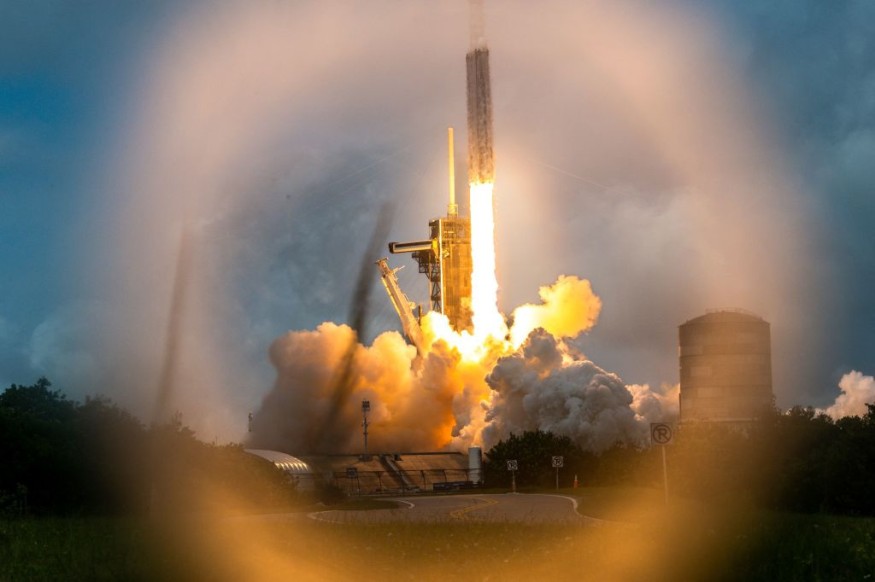This past week in the celestial realm has been nothing short of remarkable, featuring a breathtaking "Ring of Fire" solar eclipse, fresh insights into distant galaxies, and a historic spacecraft launch, all complemented by striking images of Jupiter that will linger in people's memories.

NASA's Psyche Spacecraft Launch
Psyche, NASA's pioneering mission, set out to explore a metal-rich asteroid named Psyche located in the asteroid belt between Mars and Jupiter. It represents NASA's first endeavor dedicated to studying an asteroid composed primarily of metal, different from the usual rocky or icy celestial bodies.
Launched on October 13, 2023, aboard a SpaceX Falcon Heavy rocket from Kennedy Space Center, this mission marked a significant milestone as the first primary payload launched on a SpaceX Falcon Heavy rocket within a series of NASA's scientific missions. The successful launch and subsequent communication with the Deep Space Network in Australia confirmed the spacecraft's good health.
Scheduled to arrive at the asteroid Psyche in late July 2029, the mission's prime phase will commence in August. Over the course of approximately two years, the spacecraft will orbit the asteroid, capturing images, conducting surface mapping, and collecting data to unveil the asteroid's composition.
Powered by solar electric propulsion, the Psyche spacecraft features a range of scientific instruments, including a magnetometer, gamma-ray, and neutron spectrometer, and a multispectral imager to facilitate a comprehensive study of the asteroid's characteristics.
Annular Solar Eclipse
The week witnessed an annular solar eclipse, which was partially visible across the United States but offered a rare "ring of fire" spectacle along a narrow path spanning nine US states, Central, and South America. In an annular solar eclipse, the Moon covers only the central portion of the Sun's disk, resulting in a luminous ring effect encircling the Moon.
This phenomenon occurs when the apparent size of the Moon's disk is slightly smaller than that of the Sun, leaving only the outer edge of the Sun visible to onlookers.
The "ring of fire" appearance during an annular solar eclipse is a captivating, otherworldly sight, with instructions for safe viewing provided by organizations like the American Astronomical Society. While not as dramatic as a total solar eclipse, the annular eclipse served as a precursor to the total solar eclipse expected to cross the United States in 177 days on April 8, 2024.
This event, though different from a total eclipse, promises a spectacular vision that features the Sun as a ring, and viewers can use solar binoculars to witness dynamic phenomena like Baily's Beads, which are brilliant points of sunlight as the Moon's edge moves over the Sun's surface. For the highest-resolution eclipse maps, click on any map available on related pages.
Juno Got Close to Jupiter
During its 55th orbit around Jupiter, NASA's Juno spacecraft approached the volcanic moon Io, capturing the highest-resolution images of Io in over two decades. Io is renowned as the most volcanically active body in our solar system.
This close encounter marked the first of several super-close passes, with more scheduled for December and February, providing unprecedented insights into this dynamic celestial world. Juno's remarkable proximity, coming within just 7,270 miles of Io's surface, revealed intricate details about this fascinating moon, showcasing the incredible capabilities of the distant Juno probe.
RELATED ARTICLE: Space Photo of the Week: NASA's Juno Spacecraft Captures Up Close Photo of Jupiter's Volcanic Moon Io at 7,260 Miles
Check out more news and information on Space in Science Times.
© 2025 ScienceTimes.com All rights reserved. Do not reproduce without permission. The window to the world of Science Times.












